My favourite painting: Debbie Wiseman
The composer and conductor picks Three Musicians by Pablo Picasso.
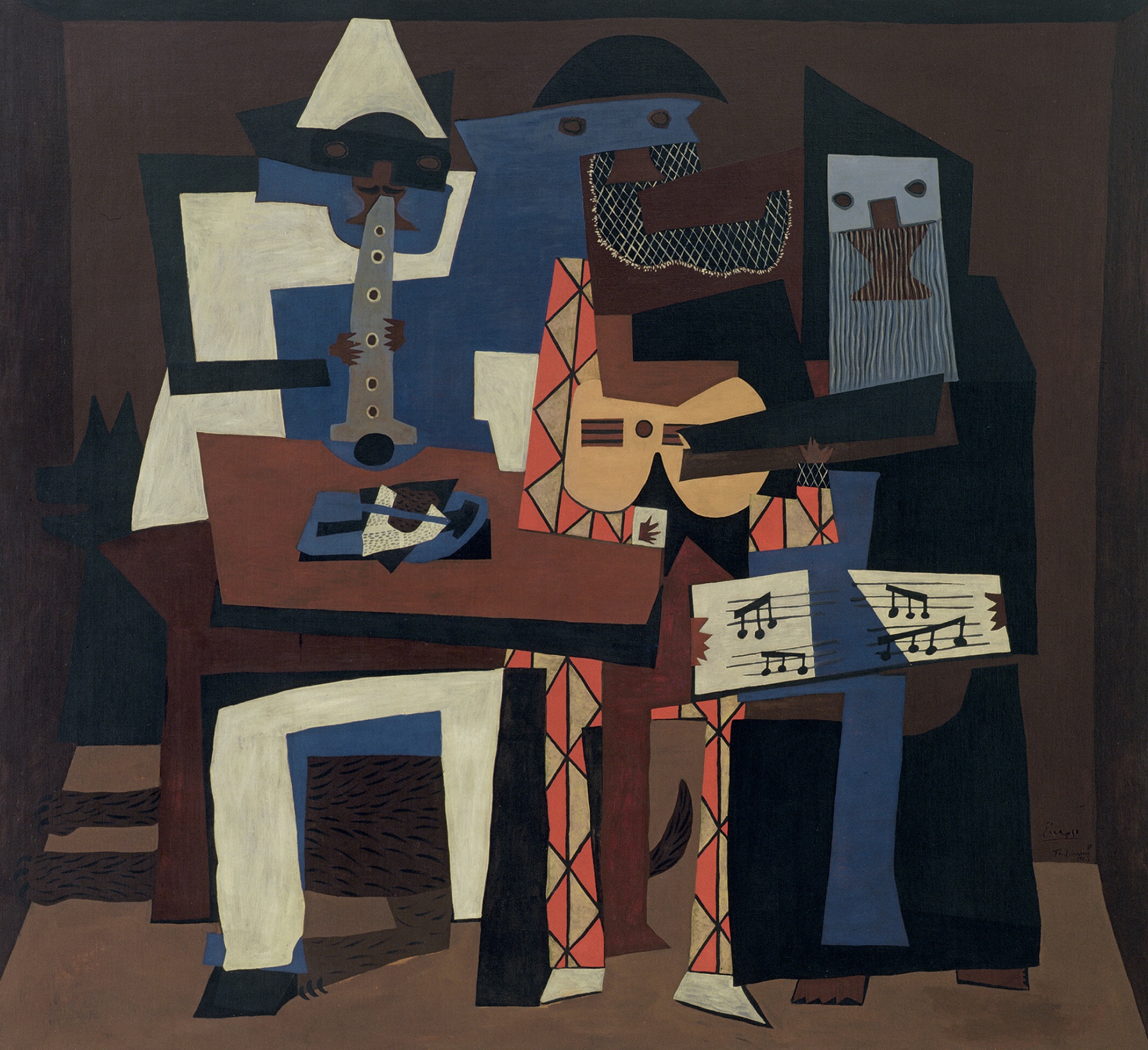

Debbie Wiseman on her choice of Three Musicians by Pablo Picasso
‘Picasso’s Cubist style is so clear in this painting. Although I love the bright colours and abstract shapes, you can also clearly see the clarinettist on the left, the guitarist in the middle and the singer on the right holding the manuscript paper.
'The shapes overlap and it speaks to me as a musician — the way one idea often overlaps another in a composition and you form musical shapes that naturally flow from one instrument to another. It’s so lively and inspiring and I find something new in the painting every time I see it.’
Debbie Wiseman is a composer and conductor, who has been commissioned to create two new pieces for The King’s coronation on May 6. Her compositions for Viking Cruises are available to view online, on Viking TV.
Charlotte Mullins comments on Three Musicians
This painting was completed in the summer of 1921 at a house rented by Pablo Picasso in Fontainebleau, south-east of Paris. It is one of two versions—the other hangs in the Philadelphia Museum of Art (A. E. Gallatin Collection)—and is a nostalgic nod to Picasso’s pre-war synthetic Cubist style. Three musicians sit behind a shallow table dressed in carnival costumes: a masked Pierrot playing a clarinet, a Harlequin with a guitar and a singing monk. The large canvas has all the hallmarks of a Picasso collage, but the carefully arranged facets of colour and form are all painted on.
By 1921, Picasso was depicting monumental classical women, so Three Musicians at first seems out of step with the forward thrust of his career. The year before, he had completed costumes for Diaghilev’s Ballets Russes, dressing the dancers in Pulcinella as commedia dell’arte figures. However, this painting is more clearly inspired by a poem dedicated to Picasso by his friend Max Jacob, who had recently entered a monastery.
Honneur de la sardane et de la tenora centres on the sardana dance and cobla (band) that Jacob and Picasso witnessed in Catalonia, northern Spain, in 1913. Picasso paints himself (as he often did) as the Harlequin, patterned in patriotic Catalonian red and yellow. The melancholy Pierrot is a tribute to his friend Guillaume Apollinaire, who had died of Spanish flu in 1918. Jacob is the masked Benedictine monk on the right.
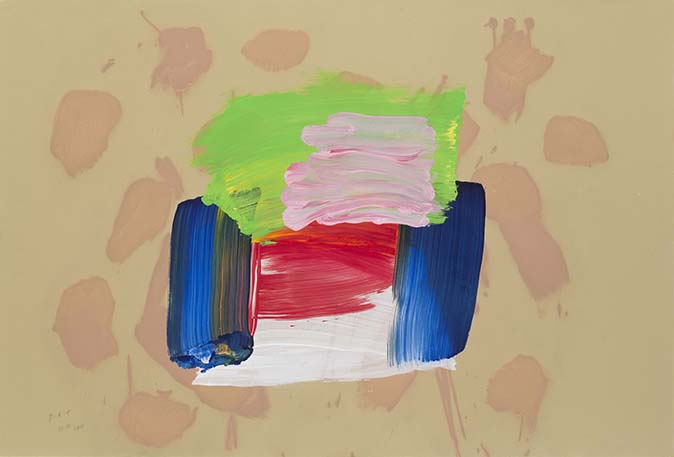
Credit: Courtesy of the artist’s estate/Alan Cristea Gallery
Exquisite houses, the beauty of Nature, and how to get the most from your life, straight to your inbox.
My favourite painting: Roger Wright
'Its typically powerful brushstrokes and juxtaposed gorgeous colours give a heart warming and evocative sense of fun and nostalgia'
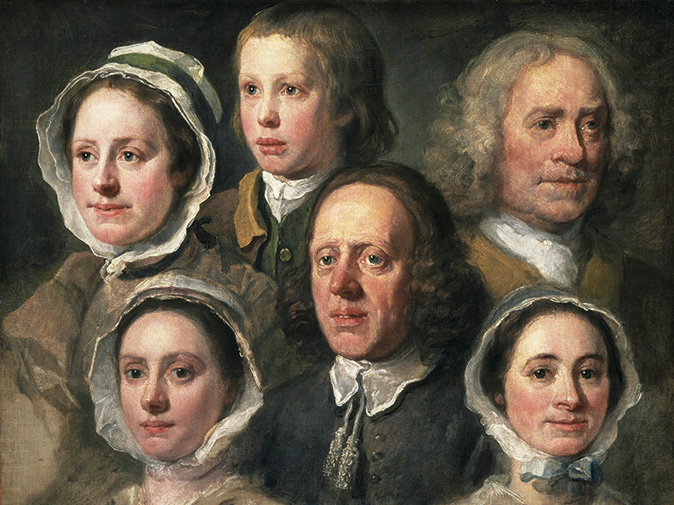
My favourite painting: Jenny Uglow
'This is a tribute to the dignity and inner lives of “ordinary” people, profound and tender at once.'
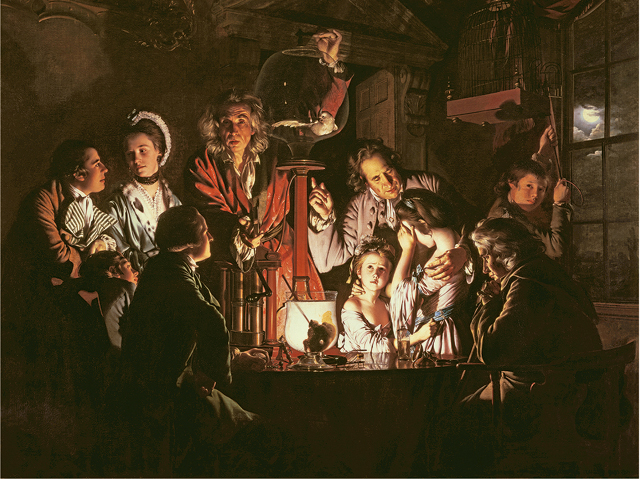
My favourite painting: Nicola Shulman
Nicola Shulman chooses her favourite painting for Country Life.

Charlotte Mullins is an art critic, writer and broadcaster. Her latest book, The Art Isles: A 15,000 year story of art in the British Isles, will be published by Yale University Press in October 2025.
-
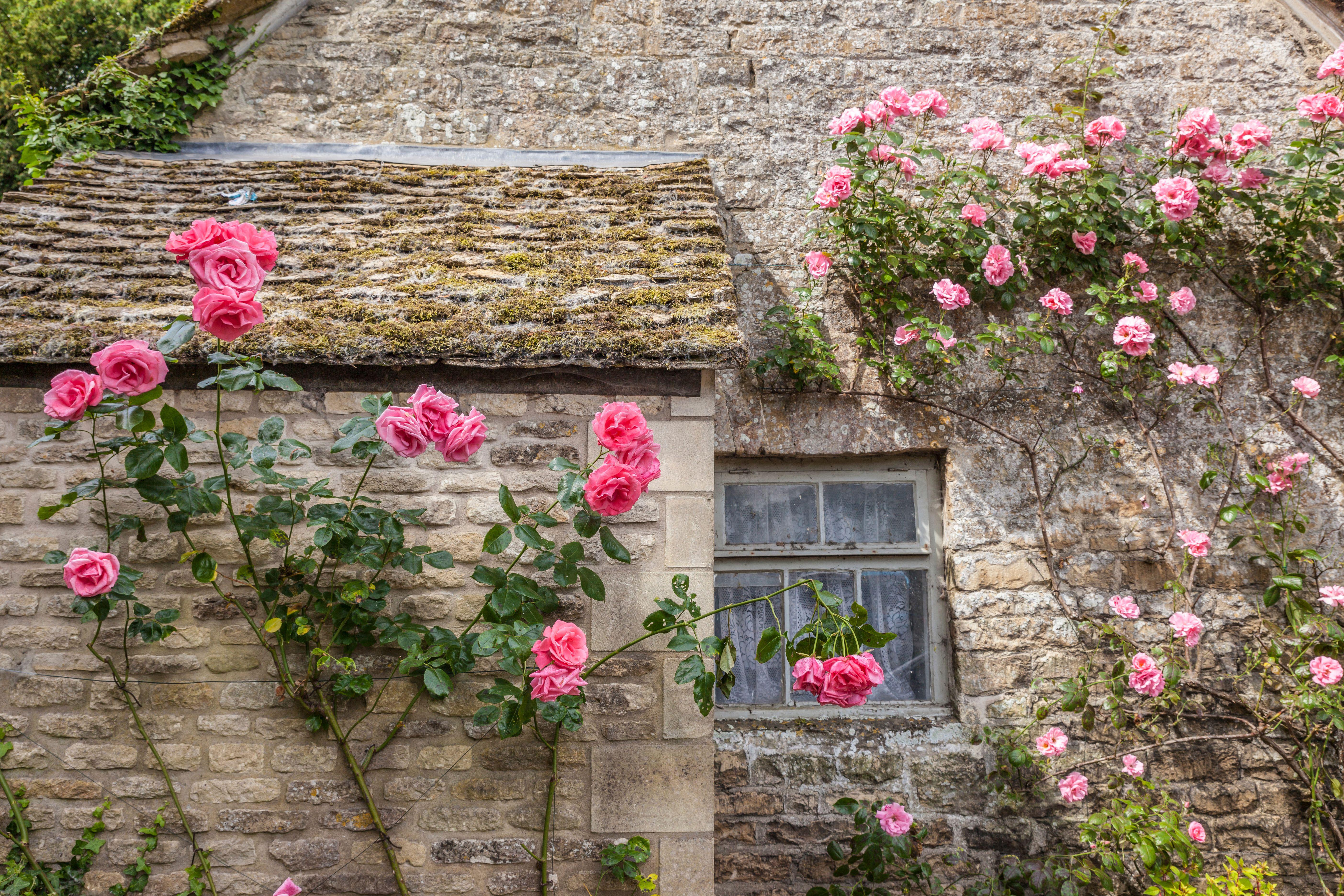 Bare roots: How to find the perfect rose and how to plant it
Bare roots: How to find the perfect rose and how to plant itTabi Jackson Gee moved to a cottage in Wiltshire, and went about finding the perfect rose to bring light and colour to the garden.
-
 Flying backwards, pink milk, and holding your breath. A Country Life quiz of animal facts
Flying backwards, pink milk, and holding your breath. A Country Life quiz of animal factsDo you know the difference between a bobbit worm and a mantis shrimp? You will soon.
-
 'As a child I wanted to snuggle up with the dogs and be part of it': Alexia Robinson chooses her favourite painting
'As a child I wanted to snuggle up with the dogs and be part of it': Alexia Robinson chooses her favourite paintingAlexia Robinson, founder of Love British Food, chooses an Edwin Landseer classic.
-
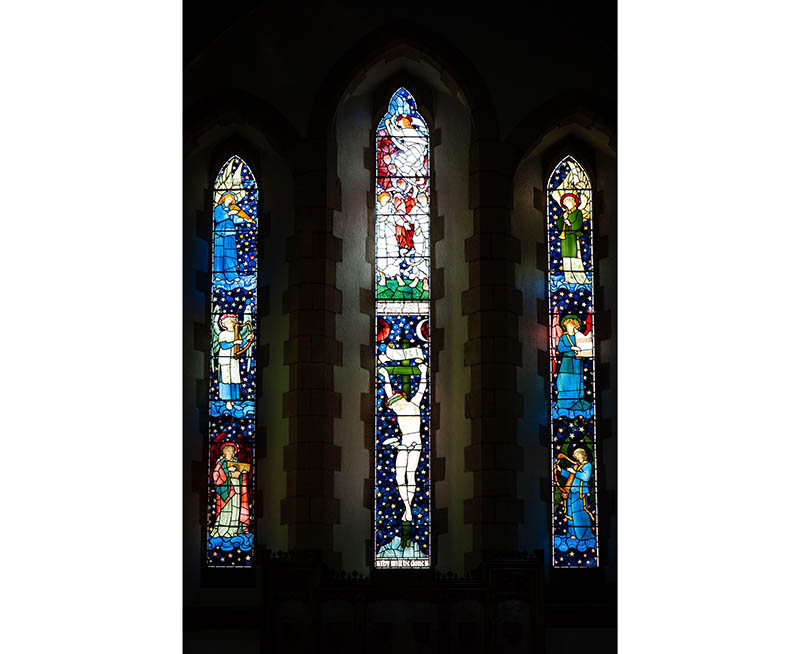 The Pre-Raphaelite painter who swapped 'willowy, nubile women' for stained glass — and created some of the best examples in Britain
The Pre-Raphaelite painter who swapped 'willowy, nubile women' for stained glass — and created some of the best examples in BritainThe painter Edward Burne-Jones turned from paint to glass for much of his career. James Hughes, director of the Victorian Society, chooses a glass masterpiece by Burne-Jones as his favourite 'painting'.
-
 'I can’t look away. I’m captivated': The painter who takes years over each portrait, with the only guarantee being that it won't look like the subject
'I can’t look away. I’m captivated': The painter who takes years over each portrait, with the only guarantee being that it won't look like the subjectFor Country Life's My Favourite Painting slot, the writer Emily Howes chooses a work by a daring and challenging artist: Frank Auerbach.
-
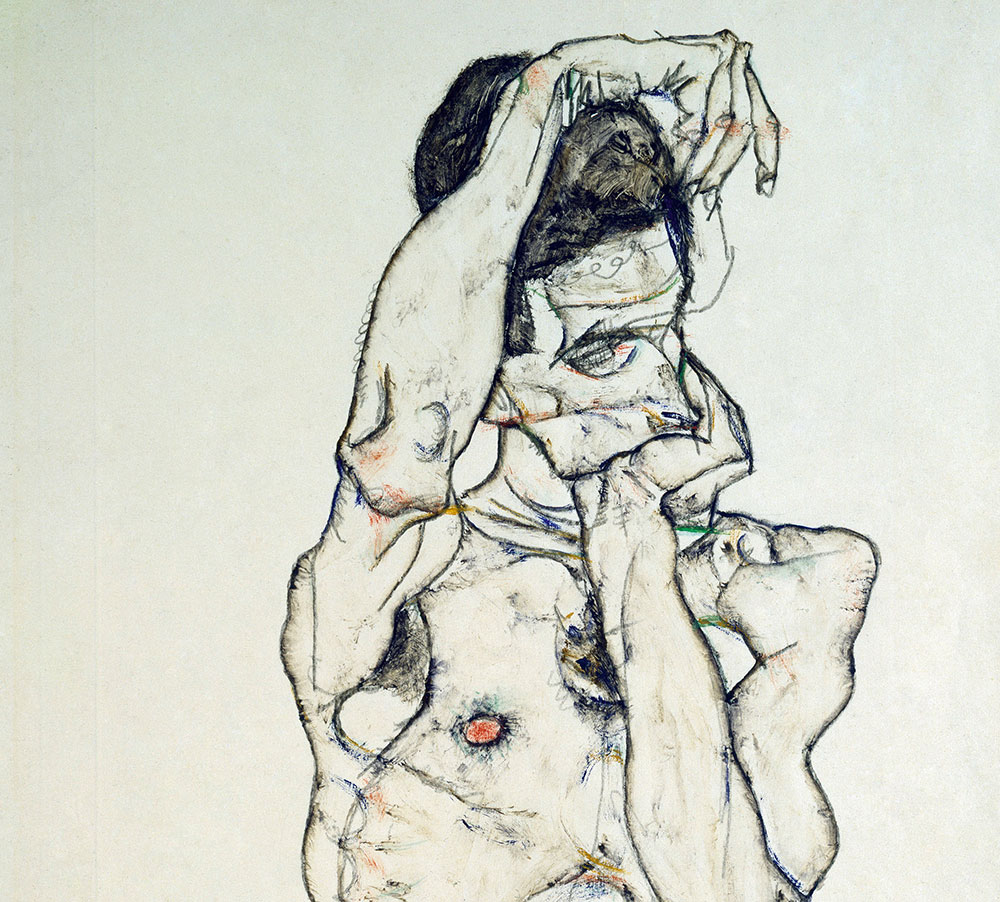 My Favourite Painting: Rob Houchen
My Favourite Painting: Rob HouchenThe actor Rob Houchen chooses a bold and challenging Egon Schiele work.
-
 My Favourite Painting: Jeremy Clarkson
My Favourite Painting: Jeremy Clarkson'That's why this is my favourite painting. Because it invites you to imagine'
-
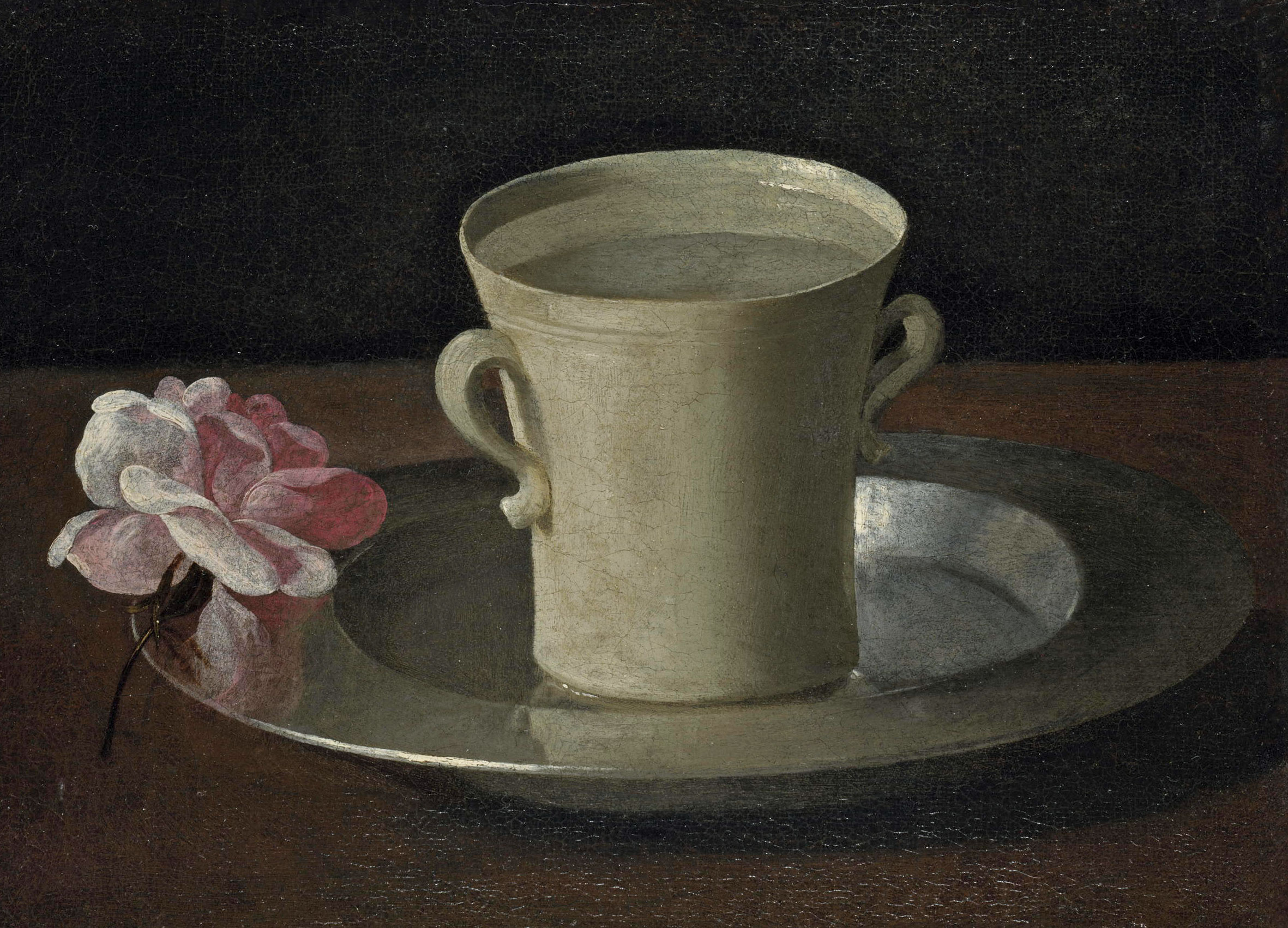 The chair of the National Gallery names his favourite from among the 2,300 masterpieces — and it will come as a bit of a shock
The chair of the National Gallery names his favourite from among the 2,300 masterpieces — and it will come as a bit of a shockAs the National Gallery turns 200, the chair of its board of trustees, John Booth, chooses his favourite painting.
-
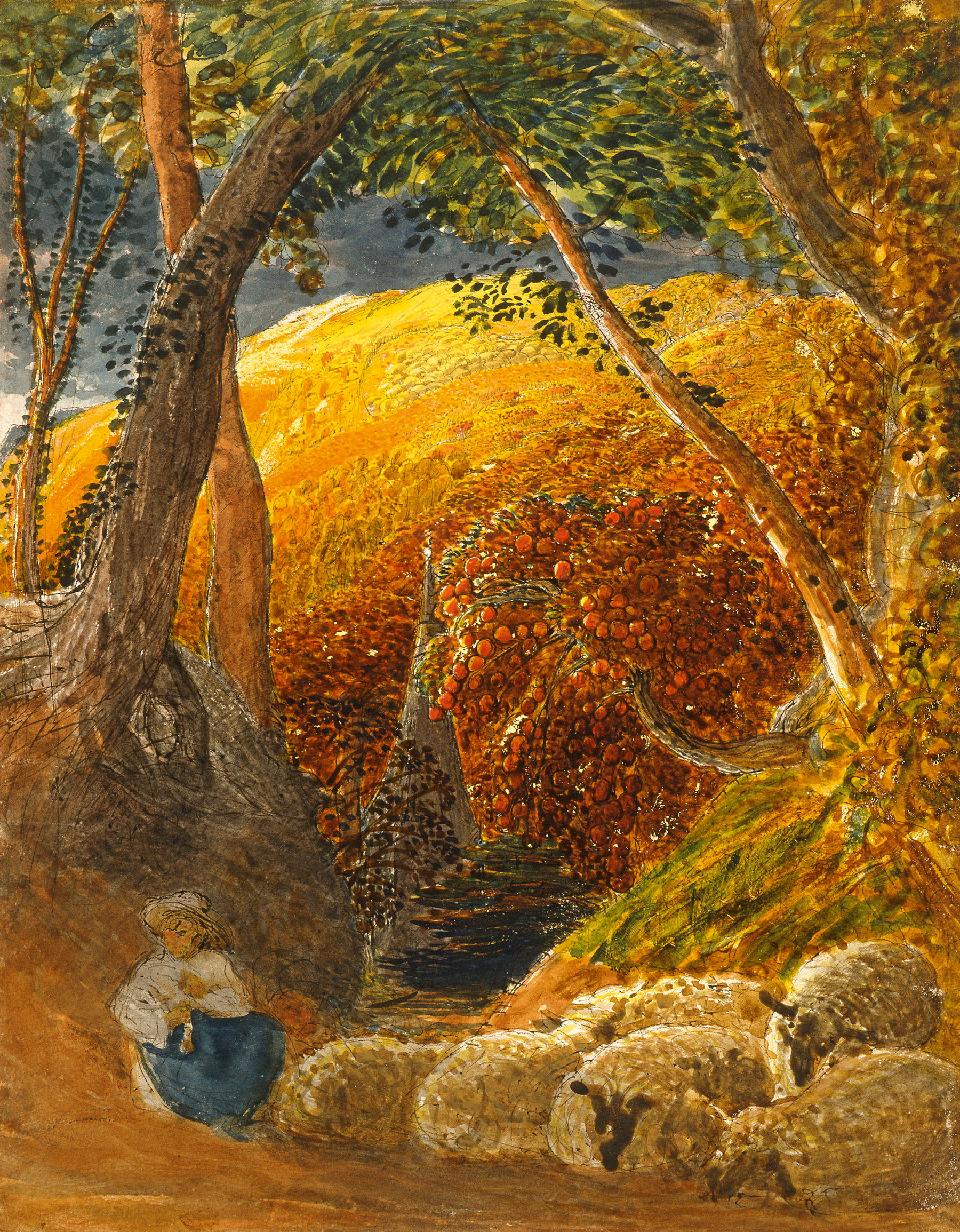 'A wonderful reminder of what the countryside could and should be': The 200-year-old watercolour of a world fast disappearing
'A wonderful reminder of what the countryside could and should be': The 200-year-old watercolour of a world fast disappearingChristopher Price of the Rare Breed Survival Trust on the bucolic beauty of The Magic Apple Tree by Samuel Palmer, which he nominates as his favourite painting.
-
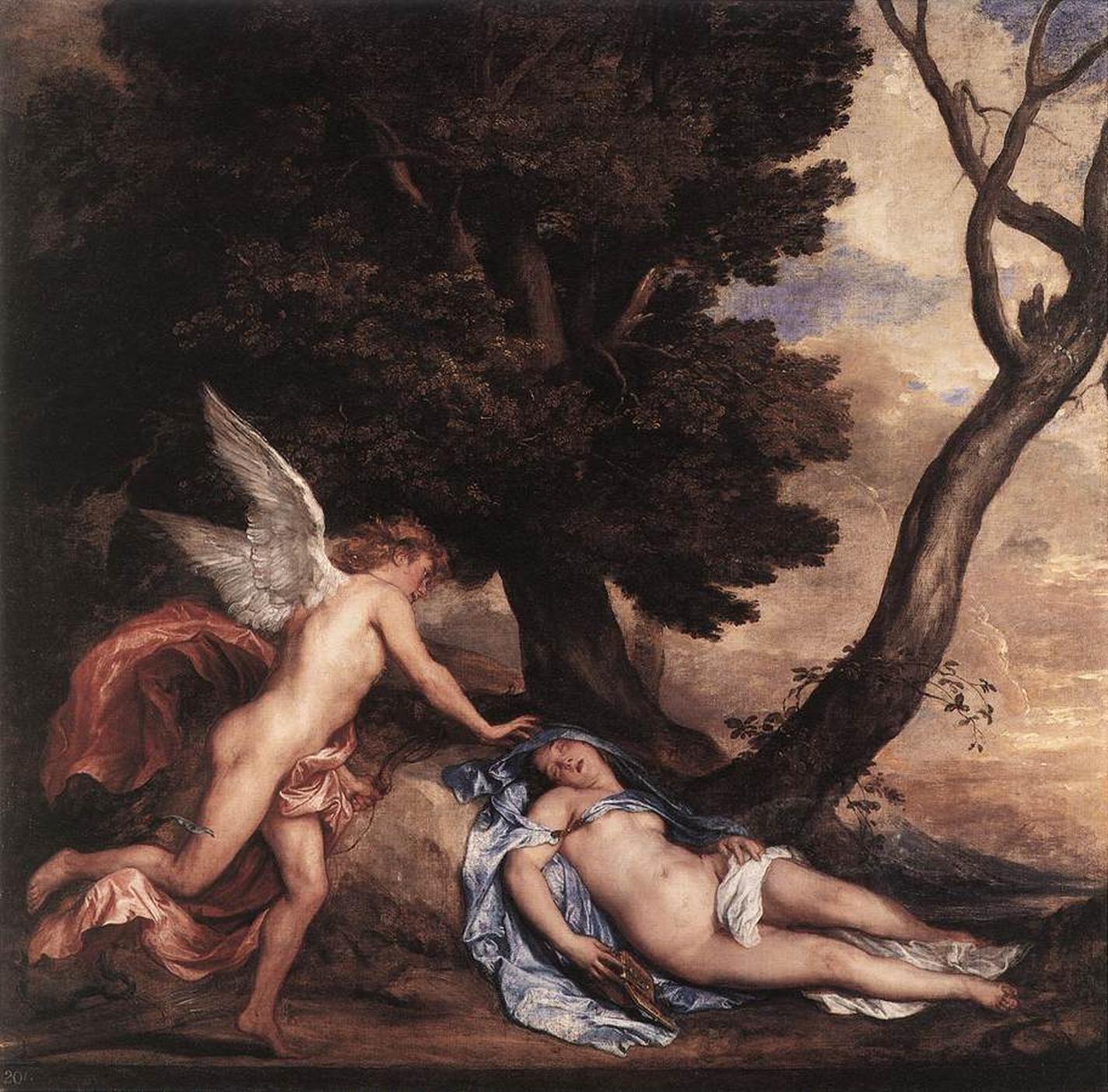 My favourite painting: Andrew Graham-Dixon
My favourite painting: Andrew Graham-Dixon'Lesson Number One: it’s the pictures that baffle and tantalise you that stay in the mind forever .'